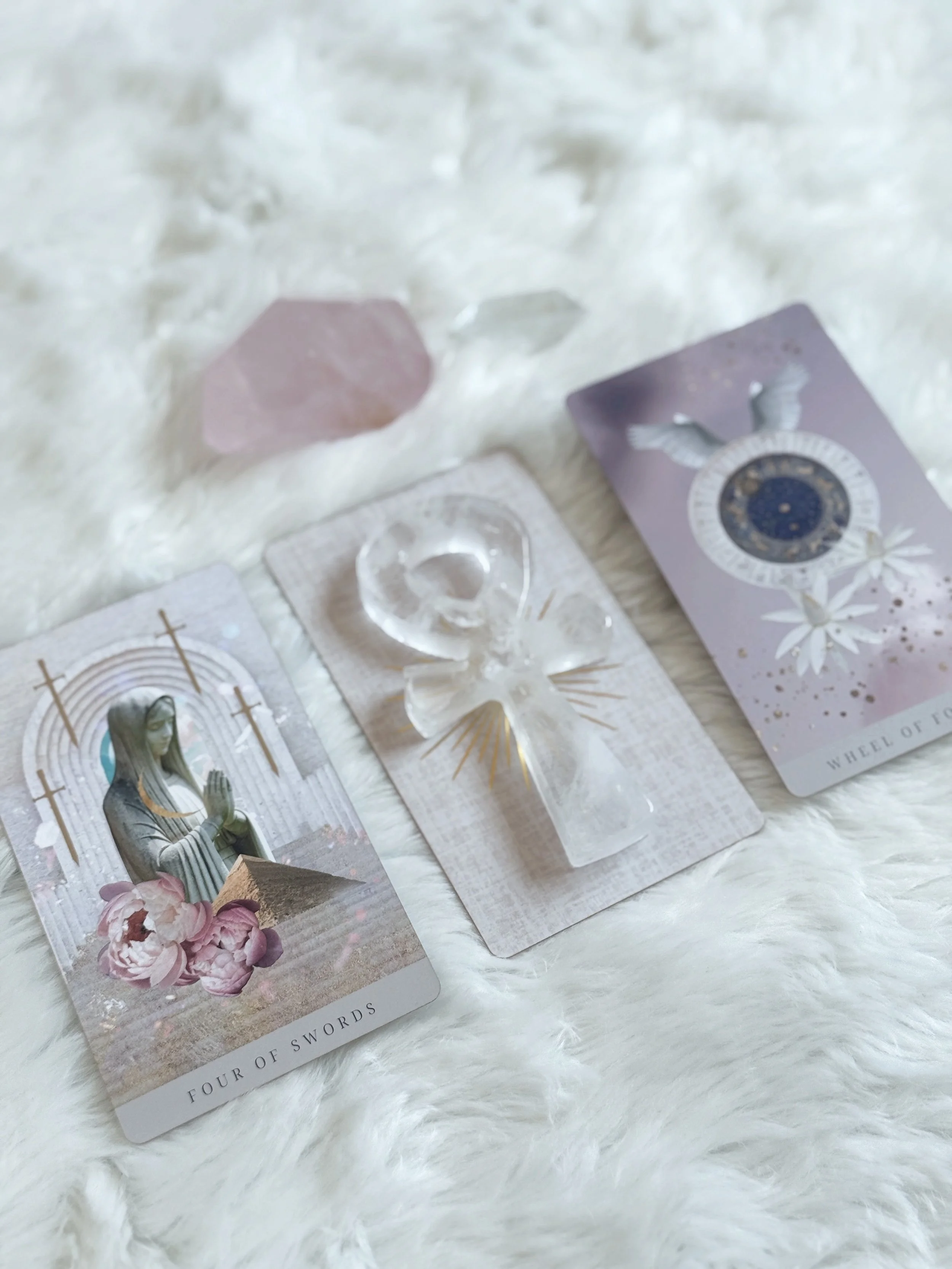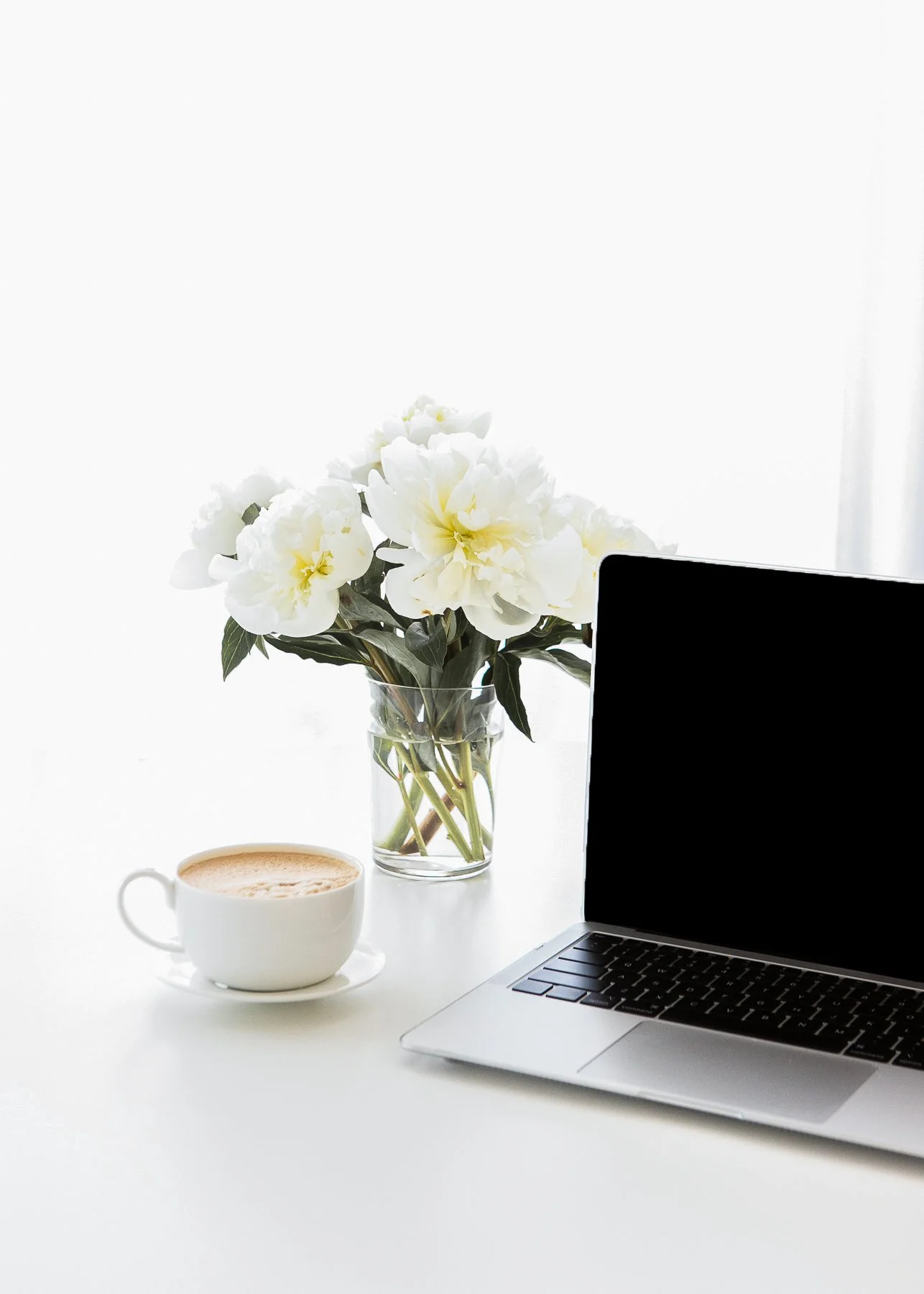What is Tarot?
Tarot is a structured symbolic system used for insight, spiritual guidance and divination. While it has taken many forms over the centuries, its essential pattern has remained remarkably consistent since its origins in 14th-century Italy.
A traditional tarot deck contains 78 cards, divided into three main categories:
The Major Arcana (22 cards) represent the great archetypal forces of human life—death and rebirth, love and loss, spiritual awakening, truth, change, and transformation. These cards often signify soul-level themes or key initiations.
The Minor Arcana (56 cards) reflect day-to-day patterns and dynamics. These are further divided into four suits—Wands (Fire), Cups (Water), Swords (Air), and Pentacles (Earth)—each expressing a particular energetic domain. The cards are numbered Ace through 10, with each number holding symbolic meaning.
The Court Cards (16 cards) appear as a family of personalities of each suit in the minor arcana. They represent the personal progression, mastery and maturity of their elemental energy. They are often read as other people, but may also represent a facet of the self or as archetypal energies that influence a situation.
Over time, 3 major traditions and styles have emerged—the three most influential systems in contemporary use are:
The Rider-Waite-Smith (RWS) system—known for its vivid imagery and intuitive symbolism
The Thoth deck, designed by Aleister Crowley and artist Lady Frieda Harris—dense with esoteric and astrological correspondences
The Marseille tradition—an older, iconographic woodblock print style rooted in European folk practice
While many modern decks follow one of these traditional systems, a growing number offer fresh and imaginative interpretations of tarot’s core symbols and structure.
Deck Credit: Lumiere Tarot
Curious how Tarot evolved from a game played by the nobility of Milan to a modern mystical practice?
I have created a visual history of Tarot’s evolution from 1375 to the present day.
At its core, tarot is a symbolic interface—a visual language through which the energies of the universe, the wisdom of our ancestors, and the impulses of the soul translate into image and story.
Understanding How Tarot Works
Meaning arises through the ritual of presence, the act of inquiry, and the energetic alignment of the reader.
Tarot’s archetypes mirror the collective unconscious—powerful forces that shape our behavior and choices. Its structure holds infinite possibility, with each card arriving in synchrony with your unique energy. The chances of drawing the same 10 card spread twice, are virtually zero —each reading is cosmically unique.
The probability of drawing the same 10-card tarot spread in the same order twice is:
78 × 77 × 76 × 75 × 74 × 73 × 72 × 71 × 70 × 69
= 2,445,975,723,728,000
That’s over 2.4 quadrillion possible arrangements — so the chance of repeating a spread is virtually zero.
✨ Statistically rare. Your tarot reading is uniquely yours.
While tarot is a beautiful ally for self-reflection, it is also a powerful system of divination—offering uncannily accurate insights into present energies and future timelines. Anthropologists have found that every known culture has practiced some form of divination—a way of engaging mystery, making meaning, and remaining in relationship with the sacred.
Tarot bridges the rational and intuitive, the personal and archetypal, the known and mysterious.
It teaches us to listen—to the subtle, sacred language of the soul.
FREE ONE HOUR INTRODUCTION TO TAROT
FOUNDATIONS OF TAROT CLASS
This class is provided for educational purposes and is available to view-only
How I Use Tarot in My Life
Tarot has been part of my life for over 25 years. I’ve turned to it for everything—from daily clarity to relationship insight, career shifts, and spiritual direction.
There’s always a deck nearby. I read both personally and professionally, and my connection to the cards continues to deepen with time.
My practice blends structure and intuition. Some days I pull a single card; other days I explore layered spreads or research how tarot intersects with systems like astrology or numerology. I collect decks, study symbols, and continue to be surprised by how the right card always seems to appear at the right time.
In professional readings, I’ve seen how tarot creates space for people to express what they’ve been carrying—and to receive insight that feels both validating and precise. It’s not just symbolic; it’s energetically responsive.
Over the years, one thing has become clear: the quality of a reading is shaped by the quality of the question. The more intentional and open the inquiry, the more resonant the response.
If you’re curious where to begin, I’ve created a guide to help you ask the kinds of questions that lead to powerful insight.





